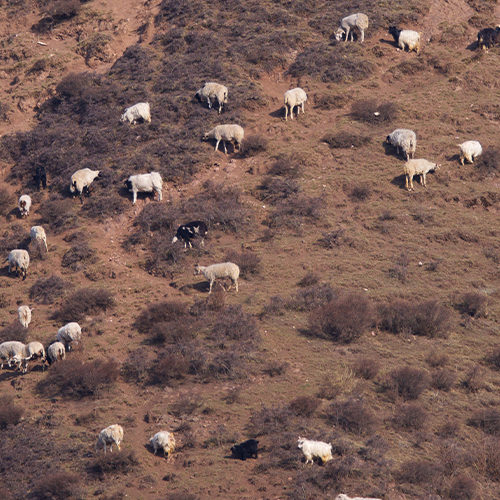India (1858-1922)
In the mid 1880’s it was unusual for Indian women to pursue education. Yet, Ramabai’s father
was willing to go against social norms and sacrifice much so that his daughters could be
educated. His youngest daughter, Ramabai, saw the plight of other women who were not able
to have access to education, and began speaking out about these injustices before she was
twenty. She especially opposed the treatment of child brides and child widows. Her wisdom and
learning of multiple languages and the Hindu scriptures was so profound, that she was given the
title Pandita by examination at the University of Calcutta, which had never before been given to
a woman in India.
Pandita Ramabai wanted the opportunity for more education, so she stayed for a year with an
Anglican sisterhood at Wantage studying English and the Christian scriptures in preparation for
studying in England. Before the end of the year, she had accepted Christ as her Savior and was
baptized. Right after her baptism, she went to England as an international student, supporting
her studies there by teaching Sanskrit. After her studies in England, she had the opportunity to
go to America and spent three years there, publishing a book “The High Caste Hindu
Woman”about the abuses and restrictions women in India had to endure. She raised sympathy
and funding for a project to fund a school for child widows where they could live, be educated
and learn a trade.
She opened the school in 1889 in Bombay, and many of the child widows began to be attracted
to her faith and attend the Bible Studies and prayer time and ask to be baptized. In 1903,
Pandita Ramabhai began to hear about the revivals in Wales and Australia and began to form
prayer bands to pray that this revival might come to India. She sent her daughter and a
missionary coworker, Miss Abrams, to Australia to learn about the Baptism in the Holy Spirit.
They came back and in 1905 began to teach about this baptism and pray that people would
receive it.
One morning, Miss Abrams was awakened by one of the senior girls, saying, “Come over and
rejoice with us. J. has received the Holy Spirit. I saw the fire, ran across the room for a pail of water,
and was about to pour it over her when I discovered she was not on fire.”
“The next evening, while Ramabai was expounding John 8 in her usual quiet way, the Holy Spirit
descended with power, and all the girls began to pray so loudly so that she had to cease talking.
Little children, middle-sized girls, and young women wept bitterly and confessed their sins. Some
saw visions and experienced the power of God.”
Spirit-filled prayer bands began to travel from Pandita Ramabai’s school to mission schools,
churches and other cities where there were other Christians, and both Indians and people from
other nations living in India were impacted, and revival fell in many places. Out of this prayer
movement came a great heart for evangelism. Pandita Ramabai began to call for 200,000 Indian
evangelists to travel around sharing the gospel of Christ. She gave people lists of names to pray for
and soon thousands of people were being prayed for by name daily. She said, “Our work will bear
lasting fruit if we pray more and work less.” Until she was called to heaven in 1922, she worked
toward justice for her countrywomen, but began to long and pray even more for her nation and the
world to be impacted by the power of the Holy Spirit.

